Sponsored Content
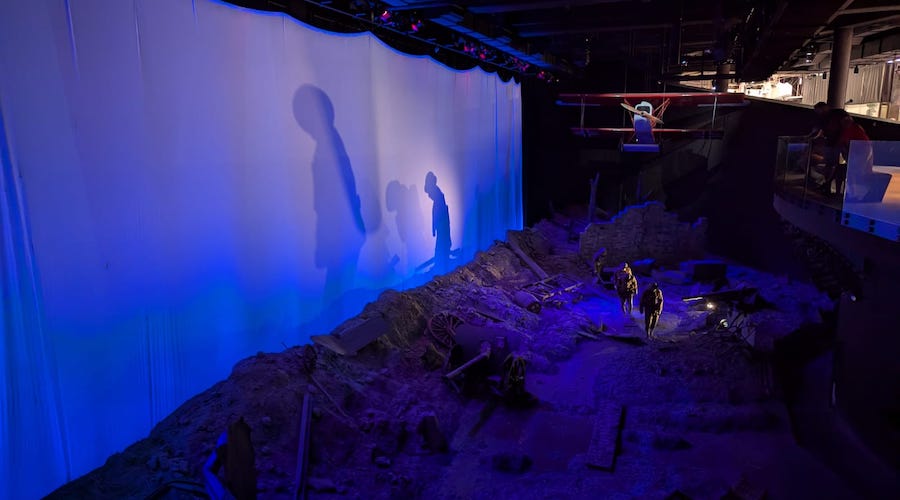
In the earth below Liberty Memorial Tower is a world-class museum in constant motion. Its galleries are always growing and changing to better tell the story of one of the most consequential events in modern history.
Next month, the National WWI Museum and Memorial will refresh three exhibits. Each project aims to illustrate the individual experiences of soldiers and civilians during World War I—and place their experiences in the context of the global forces that thrust it upon them.
We walked through the museum and memorial with Christopher Warren, its senior curator, to learn what the museum has in store.
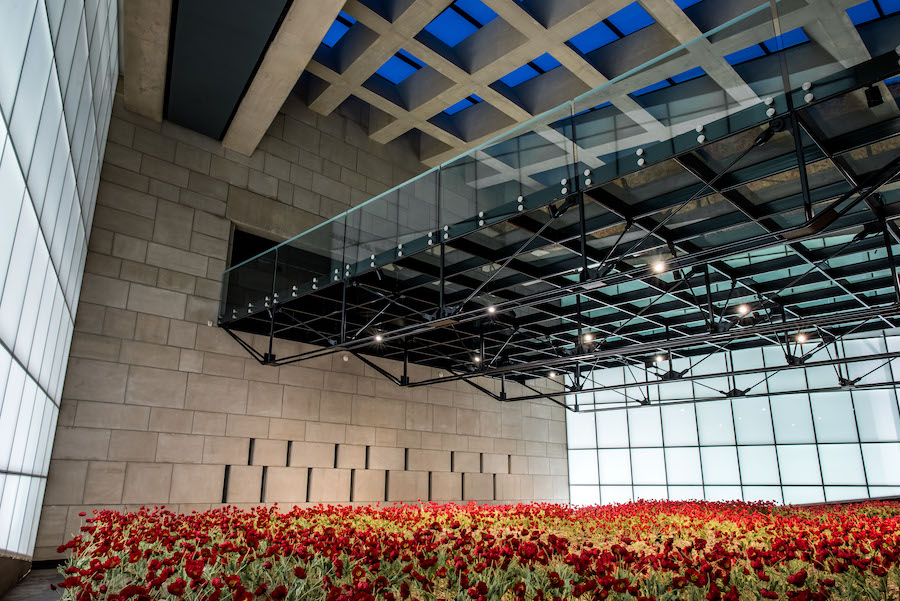
The Weight of the War
From the moment you cross the clear entry bridge over the commemorative poppy field, you can feel the weight of World War I. Through videos, artifacts, and interactive displays, you start to grasp that World War I was more than a preview or an educational footnote: It laid the foundation for the 20th century.
The museum’s new video prologue shows the emerging global powers, secret factions, and cultural attitudes that brought the world to war. It all feels so huge, but the museum never loses track of the individual. Even as industry made war more impersonal—even when artillerymen could suddenly fire on targets miles away and blink out lives—the personal stories didn’t cease.
“We try to walk that fine line of teaching people the big picture, because you want people to understand the war and its enduring impact, and also the personal stories—some that are horrific, some that are heroic, some that are cowardly,” says Warren, who previously served as the director of curatorial affairs at the Smithsonian. “We just try to make that connection that people back then were not much different than us today.”
“If you’re on the Western Front and you’re in the trenches, it doesn’t matter that this massive army is going into action—what matters is your little piece of earth, and your experience. We want to give people that experience as well.”
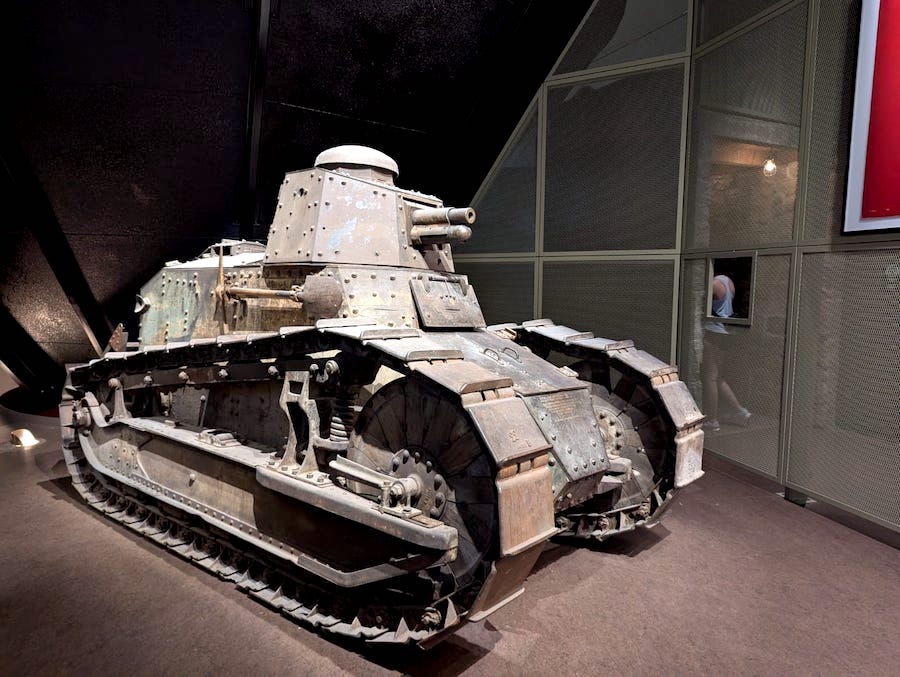
Refresh 1: Renault FT-17 Tank
Thanks to strategic repositioning and good old-fashioned wall removal, the museum’s authentic Renault FT-17 Tank will soon be viewable from all sides. This will give visitors an intimate look at the damage caused by German artillery.
“Looking at the battle damage, we can assume that the two individuals who were in the tank when it was hit likely did not survive,” Warren says. “It is important to remember that this is not just a novel technology from the war, but where two men paid the ultimate sacrifice.”
“This individual tank was French,” he adds, “but we know it was repaired by many Americans, at least one of whom had Kansas City roots.” Jonathan F. Ashwell, who lived at 1627 Washington Street before the war, carved his name into the interior.
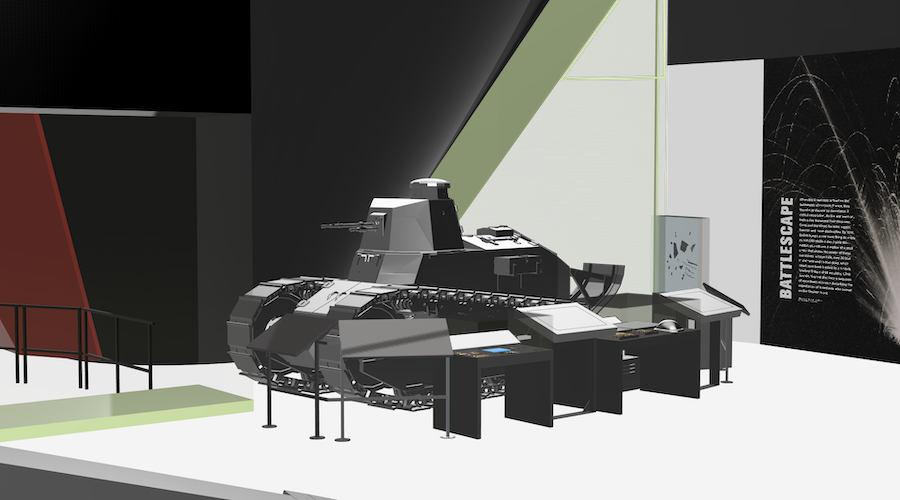
The exhibit will also show the wider significance of tanks in World War I.
“There were no tanks before World War I. They were created to try to turn the tide of trench warfare, to have a motorized tracked vehicle that can drive through trenches, up and over them, and fire to support the infantry,” Warren says. “So that’s a big, important advancement in military history.”
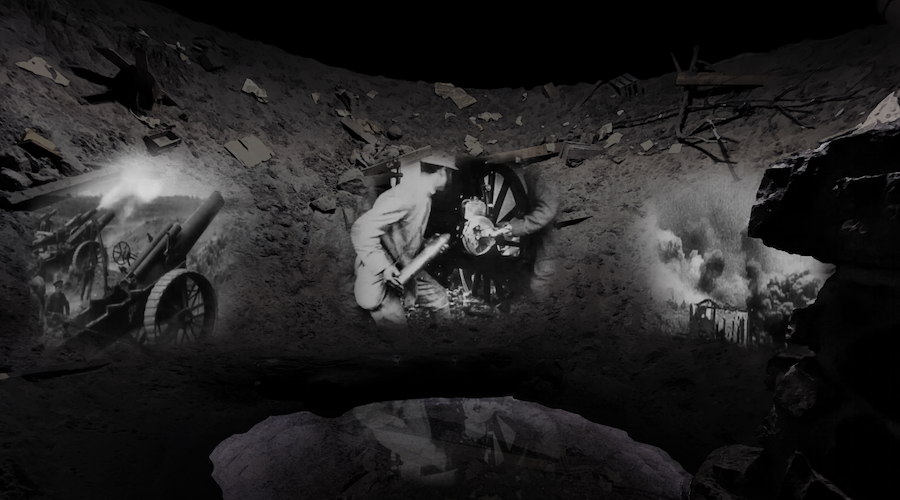
Refresh 2: Battlescape
Just down from the Renault FT-17, guests can enter a recreated artillery crater called “Battlescape.” There were millions of craters, if not more, on the battlefields of World War I.
“Over a billion shells were fired during the war,” Warren says, “which averages out to something like seven shells fired per second for four and a half years, 24 hours a day. That’s what the math tells us.”
The recreated crater—a deep, muddy gash—has been on display for a while, but soon, the museum will project an original film onto its walls.
“The film will show you somewhat what it felt like to be under an artillery barrage,” says Warren. “What was it like to be in the trenches and have these month-long artillery barrages on top of you? How could you possibly survive with your wits intact, even if you weren’t physically injured? Who could survive that type of thing?”
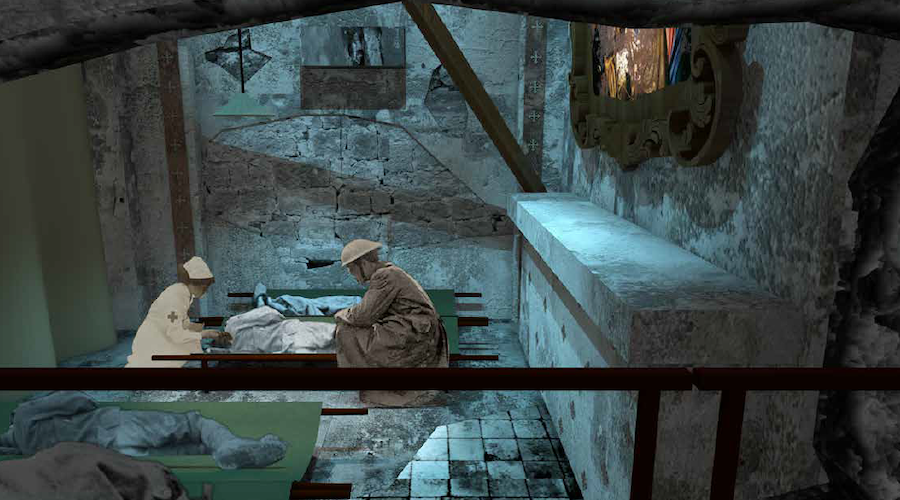
Refresh 3: Casualties
Just beyond the crater will be the most significant refresh to the museum galleries—and the one Warren is most excited for the public to see.
A large section of the museum—which now contains small displays relating to medical treatment during World War I—will be redesigned to resemble an actual impromptu field hospital in World War I. The hospital was constructed in a bombed-out church in Neuville, Neuse, France.
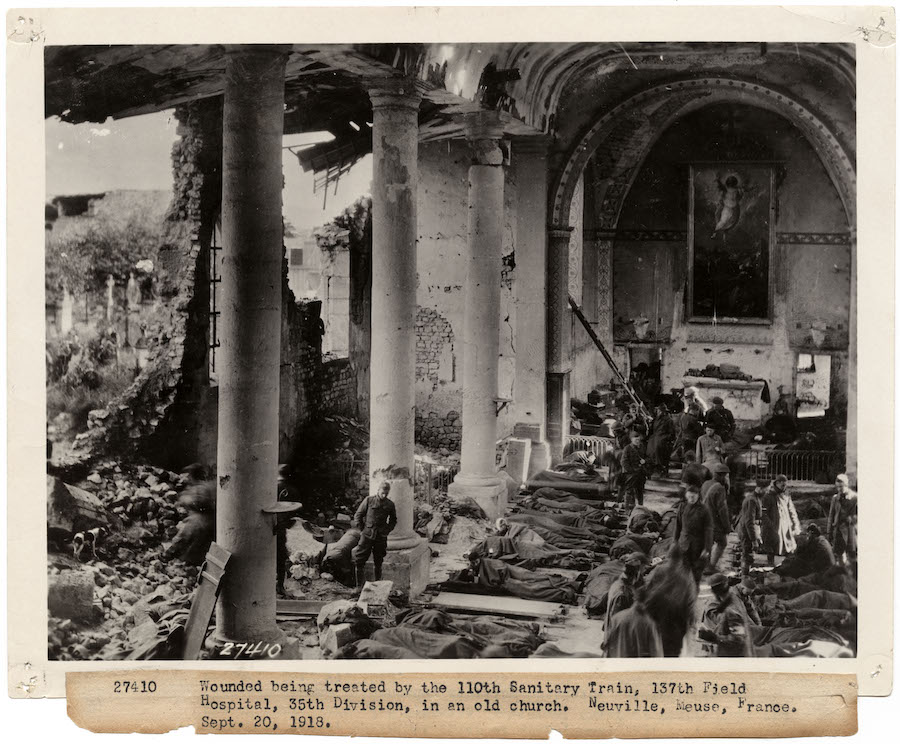
Inside the exhibit, called “Casualties,” will be a physical and digital experience that shows the medical advancements that came from the war, unfortunately, due to the new, uncommon wounds soldiers sustained in battle. But as always, the exhibit will also focus on personal experiences.
“What is it like if you have a minor wound? What was it like if you were heavily wounded, and how did they take care of you? How did nurses, females, who were as far forward as within a couple miles of the front lines, deal with these men with horrific injuries?” says Warren. “And then we talk about PTSD, or what they called shell shock—you may not have been physically wounded, but have a type of psychological damage occurring to them from being in these horrific conditions.”
A Multi-Year Project
This extensive refresh is unusual in the museum world. Museums don’t normally renovate their galleries to this extent when they’re less than 20 years old. But after the 100-year anniversary of World War I brought in tourists and dignitaries from all over the world, the Museum and Memorial knew they had to capitalize on the museum’s growing reputation as one of the world’s best World War I museums.
“We didn’t want to just go back to the way we’d always been doing things, so we decided, now’s the time to refresh 75 percent of our main gallery.”
And the refresh isn’t over. Next spring, a multimedia exhibit called Encounters will allow visitors “to encounter someone who lived through the war through their personal reminiscence, letters, diaries,” Warren says.
Soon after, staff will update one of the original museum buildings, Memory Hall, to tell the story of Kansas City’s role in its construction and redevelopment.


